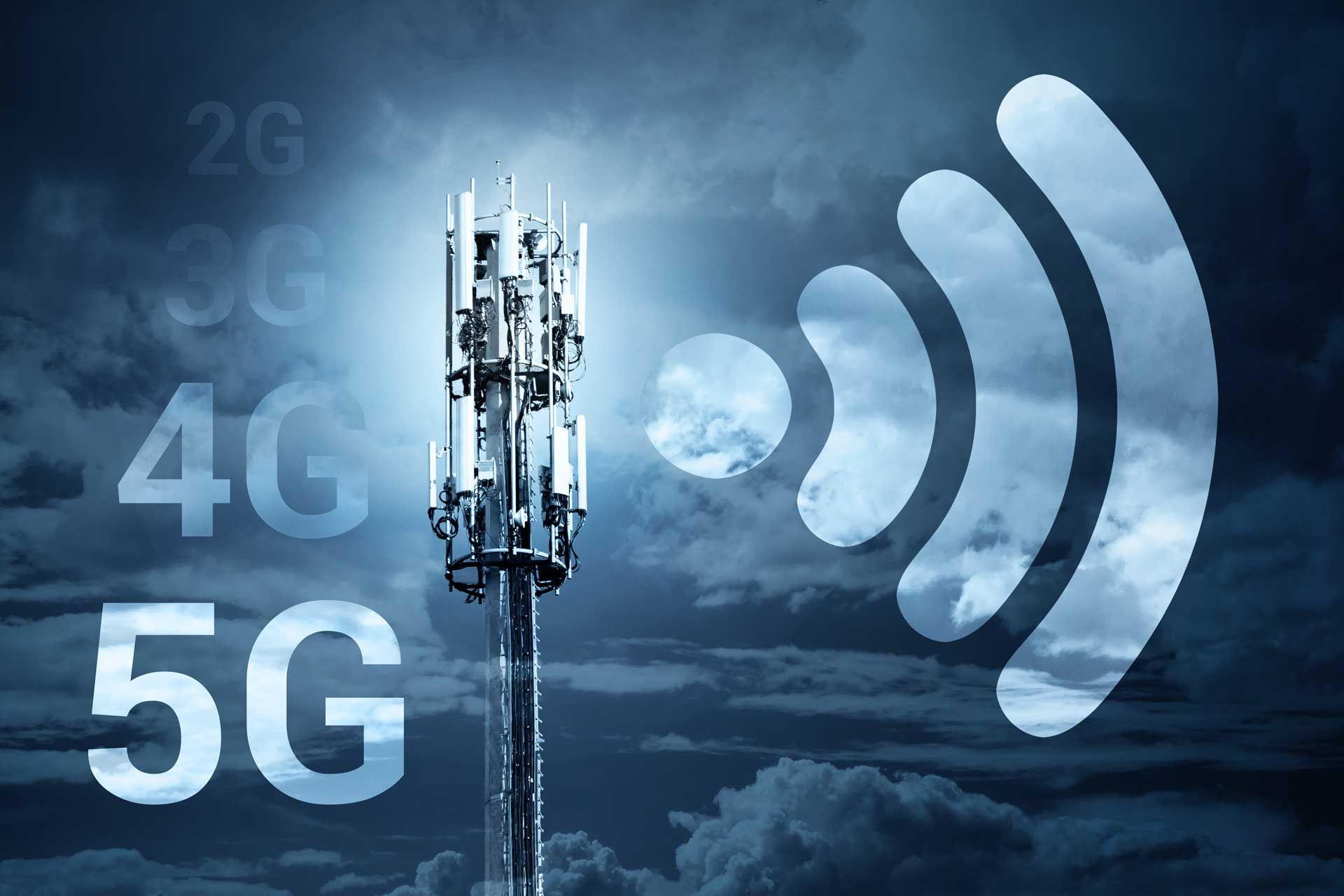The Impact of 5G on Web Design and Development
5G stands for fifth-generation cellular network technology – the next major development in wireless
communications.
Over the next decade, 5G will support 4K video streaming on your phone, 10x faster internet
browsing, lightweight augmented reality (AR), and self-driving cars. For better or worse, next-gen
networks will enable us to put the internet in everything from a toaster to a truck.
Scare stories about 5G abound. However, far more interesting are the capabilities it brings to
every industry, including web design and development.
Before you can understand how 5G is going to transform your web design or development process;
or how your business website may need to change, you may want to understand more about 5G technology
itself.
5G - What’s the fuss about?

The hallmarks of 5G are its speed, reduced latency, energy consumption and bandwidth. Let’s expand on the speed and latency a bit more.
5G Speed
It’s lightning fast. 5G offers a data transfer speed of at least 1GB/sec and up to 50GB/sec. To put that into context, the absolute maximum that 4G can handle is 60MB/sec.This is because 5G uses a higher frequency band called millimeter wave. This allows data to be transferred considerably faster than the lower frequency band dedicated to 4G. It can easily penetrate walls in a way light goes through glass.
5G Reduced Latency
One of 5G’s other flagship benefits is drastically reduced latency. To explain, think of latency as
the delay between sending information and it arriving, which is critical when thinking about loading
content from a website on your smartphone. 5G’s average latency is under 5 milliseconds, compared to
4G’s average of 50.
So, much faster data transfer and loading times = great news for web designers and developers.
What does 5G mean for the future of web design and development?
1. More Complex Visual Content
First, and perhaps most obviously, the unfathomable data transfer speed and reduced latency gives
web designers the ability to introduce increasingly complex visual design elements to their
websites.
5G websites will burst with eye-catching images, photos and video content just not possible on
4G. When you don’t have to worry about lag on a website disrupting the user experience, you can
upload 4K videos (the high-res videos used on YouTube and Vimeo), add immersive background content
and deliver a richer user experience. This is great news for brands who will be able to unleash
their creativity when it comes to promoting products and services, and attracting new customers.
2. Stronger Cross-Device User Experience
We already know that we have to design for mobile first, but that has often meant sacrificing certain elements for fear of slow loading times. With 5G, mobile response won’t be a problem anymore. Your potential customers will be able to access and experience your full website on the go, on whatever platform they choose.
3. Elements of Augmented and Virtual Reality
There are not many websites out there that can currently provide a 3D environment for users to
explore their products. 5G will change that. Traditionally, VR or AR tech has only really been used
in apps where tech can be downloaded and installed rather than loading on a connection each time a
site is accessed. But with 5G’s speed, and web browsers supporting WebVR, web designers will be able
to provide immersive experiences that make your customers truly engage with your brand.
Imagine being able to virtually browse through a rack of clothing, and see exactly how they
look on your body before you’ve ever touched a garment, or ‘walk around your living room’ with the
addition of the new couch long you’ve been eyeing out. It sounds too fantastic to be true, but it
will be commonplace with 5G.
4. Bonus Round: Wearable Tech and AI
This one’s still a little unclear, but what we do know is that wearable tech is on the rise, and 5G
will only help to increase the demand. How then, will web designers and developers need to adapt?
It’s expected that web designers and web developers will prepare for the rise of wearable
technology by adapting interactivity for users of very small screens. Ease of access, ease of use
and overall efficiency will need to be a priority.
Another likely change with 5G connections will be the reliance on virtual reality apps and
virtual personal assistants. So web designers will be integrating improved Chatbots and Artificial
Intelligence in their designs for business websites.
How should you prepare your website for 5G?
While 5G is going to empower web designers and developers to create some truly unique and
unforgettable experiences, there are still a lot of limitations.
5G technology is very much still in its infancy and has only been rolled out to a handful of
big (first-world) cities. That means that we’re likely to have a combination of 5G and 4G or even 3G
users accessing the same websites for a long time before 5G becomes wide-spread. So users who are
not yet using 5G speeds will be at a disadvantage if you build websites or apps exclusively for 5G
users.
For now, when it comes to web design, it’s still a smart idea to keep things as simple as
possible while providing a positive, on-brand experience for your users – considering mobile users
first and foremost. You could incorporate some 5G elements but make them optional so you don’t chew
up data or bandwidth.
Conclusion
Factor 5G into your longer-term strategy. Invest in 4K video, AR or even a more visual redesign as
it will pay dividends once the technology becomes commonplace. That will mean that while others are
still experimenting, you'll be ahead of the curve.
For now, ensure that you’re delivering a top-notch mobile experience to your users, and that
your website is up to date, SEO-optimised and bug free.
Need some help staying ahead of the curve?



